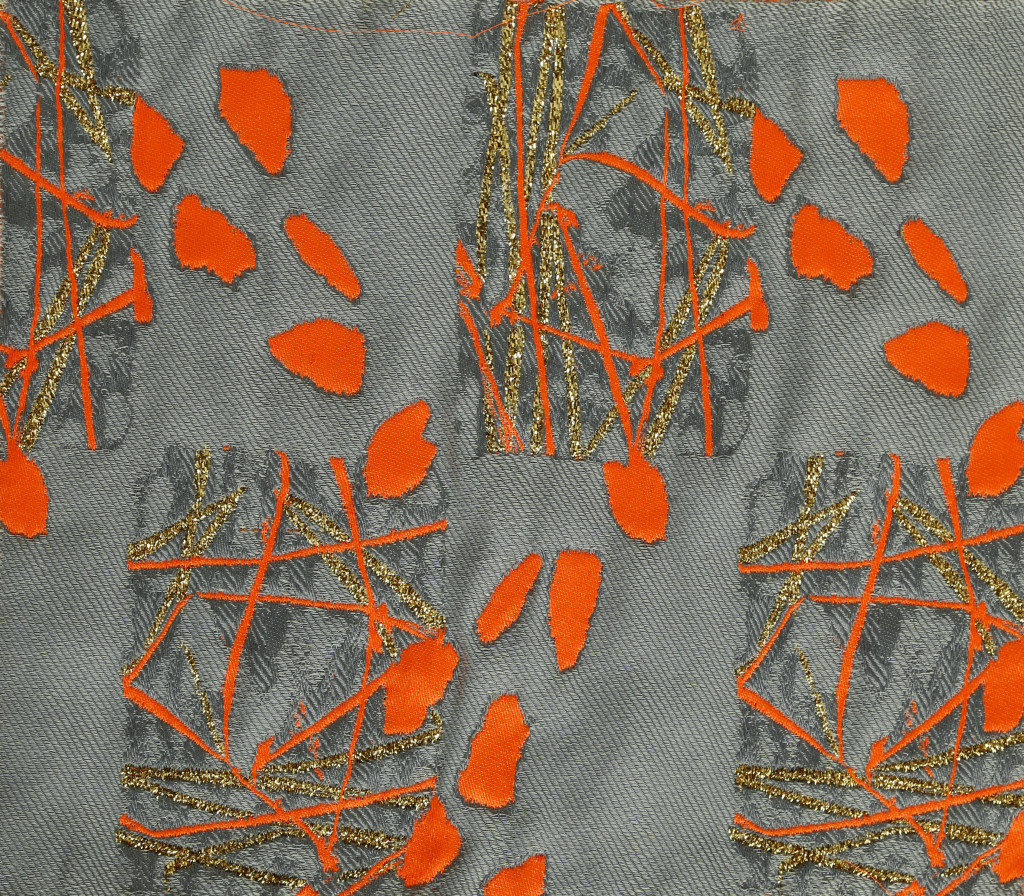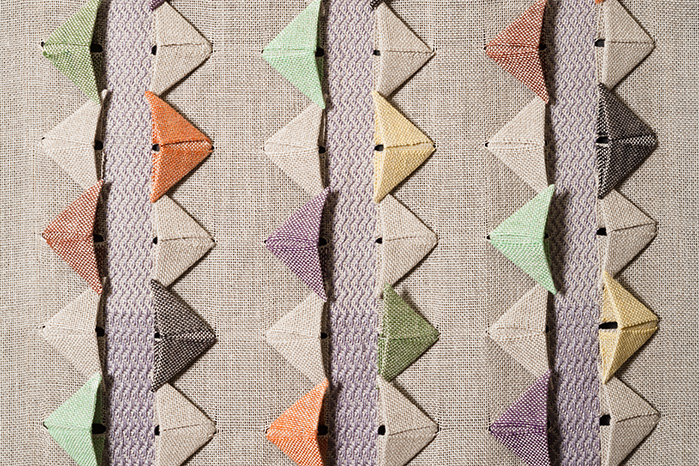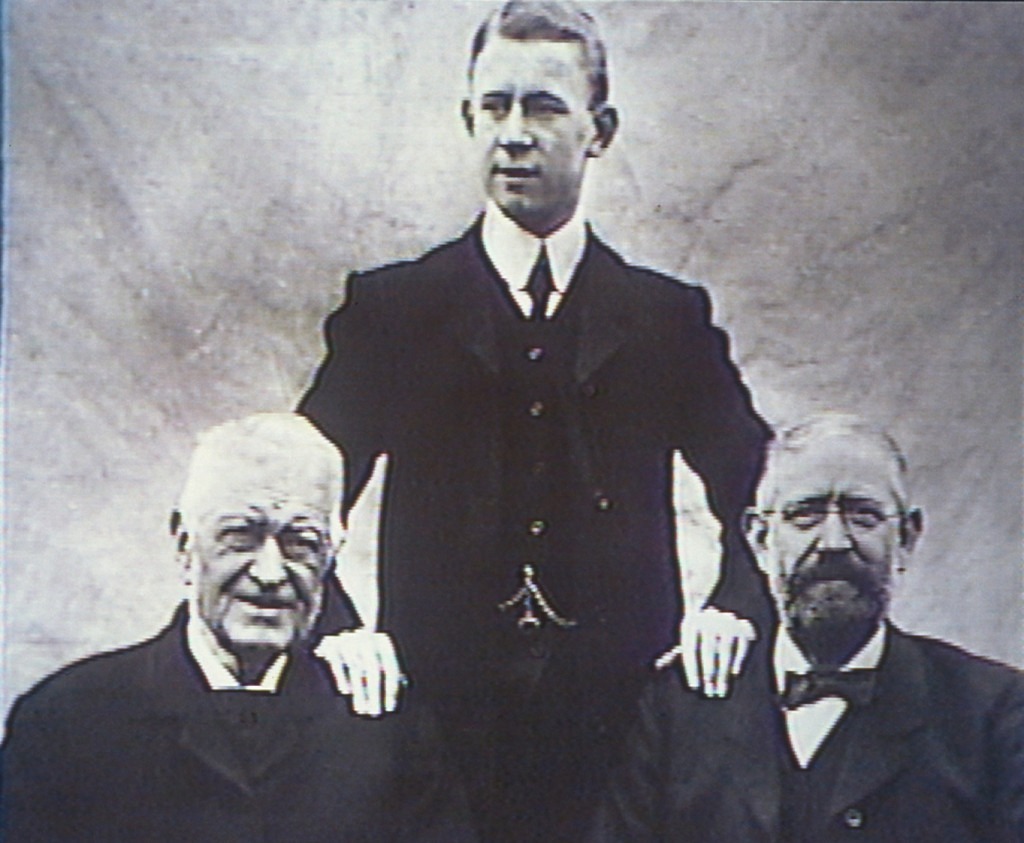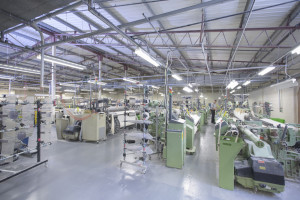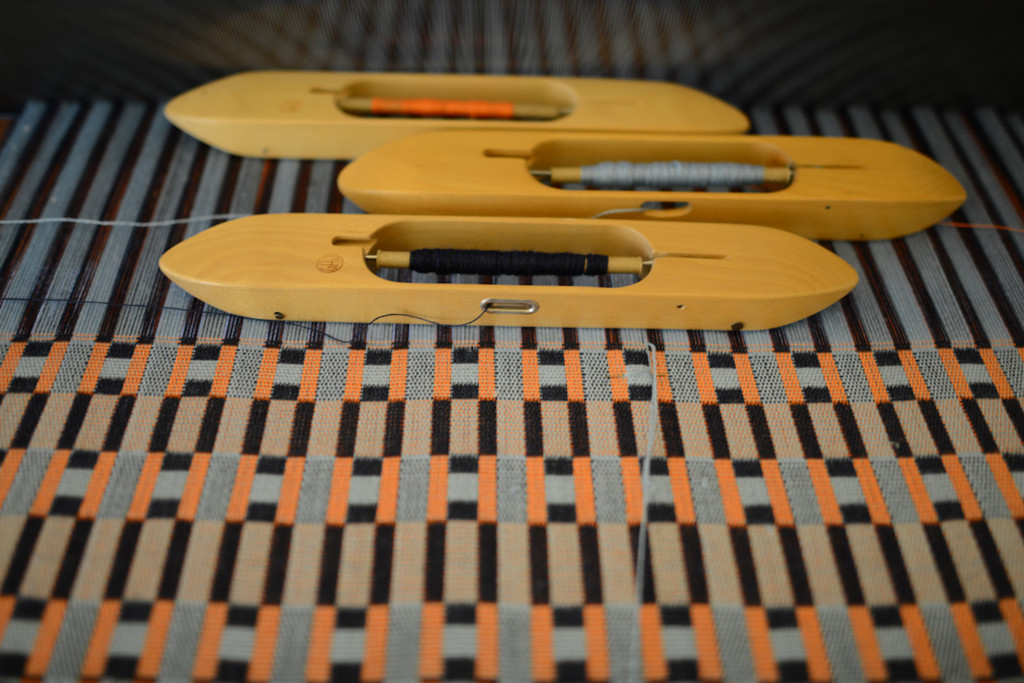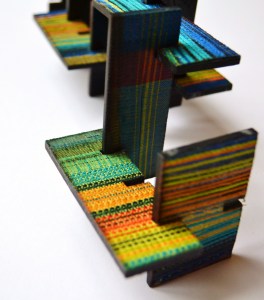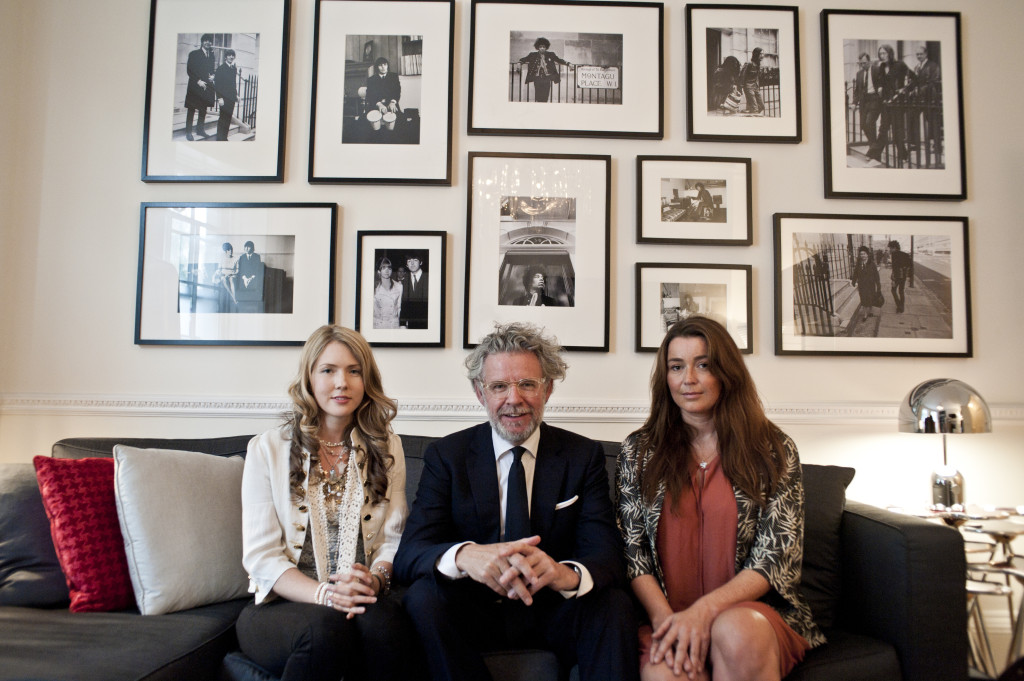 Seeing music differently in The House of Rock; 34 Montague Square.
Seeing music differently in The House of Rock; 34 Montague Square.
A collaboration between woven textile artist Nadia-Anne Ricketts from BeatWoven, musician Beatie Wolfe and Saville Row tailor David Mason of Mr. Fish.
It all began on the night of a book launch;Â The Digital Handmade : Craftsmanship in the New Industrial Revolution, where both textile artist Nadia-Anne Ricketts and innovative musician Beatie Wolfe were introduced by the author Lucy Johnston . It was the beginning of a collaboration where the five worlds of fashion, music, craft, history and technology would collide to show how music and craft can be worn and seen very differently in a compelling, storytelling way.
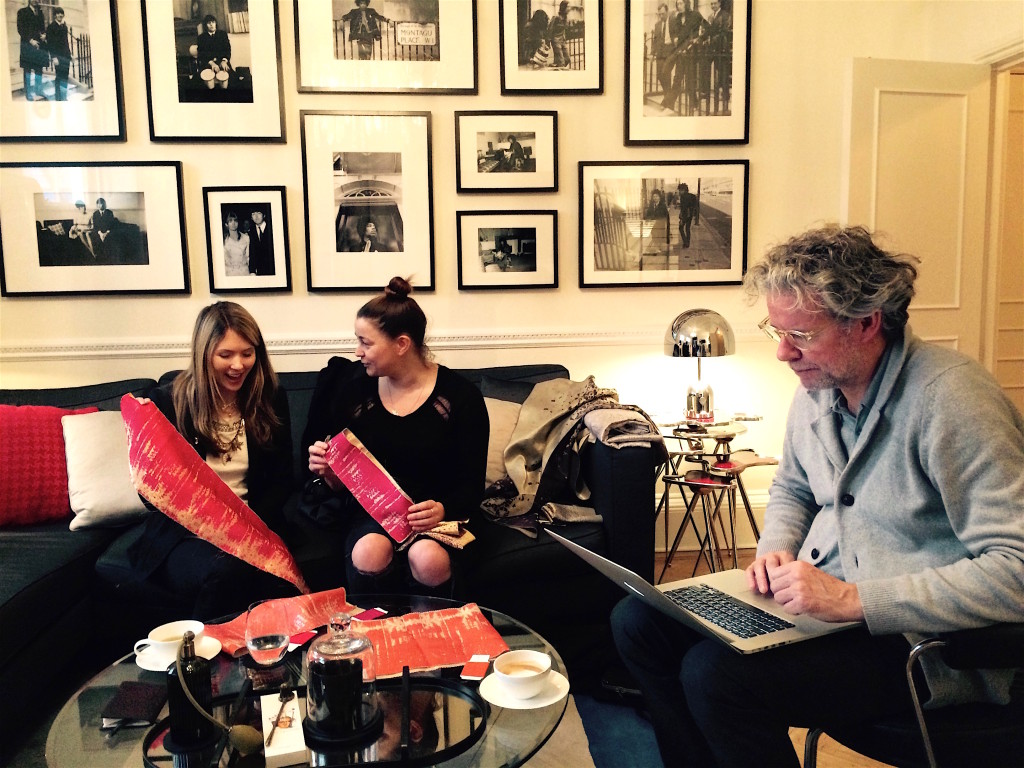 Dubbed ‘The Secret Abbey Road’, 34 Montague Square is the former home of Hendrix, McCartney, Lennon and Ono; and the very birthplace of a ‘Wind Cries Mary’ and ‘Eleanor Rigby’.
Dubbed ‘The Secret Abbey Road’, 34 Montague Square is the former home of Hendrix, McCartney, Lennon and Ono; and the very birthplace of a ‘Wind Cries Mary’ and ‘Eleanor Rigby’.
The basement flat now belongs to savile row tailor, David Mason, an already collaborative partner to Beatie Wolfe. Both were eager to launch both David’s new acquisition; the re-launch of the flamboyant fashion label to the rock stars of the 60’s – Hendrix, Bowie and Jagger to name a few – Mr. Fish; with the release of Beatie’s new album consisted of music lyrics inspired by the very people that inhabited the space fifty years ago.
Continue reading →


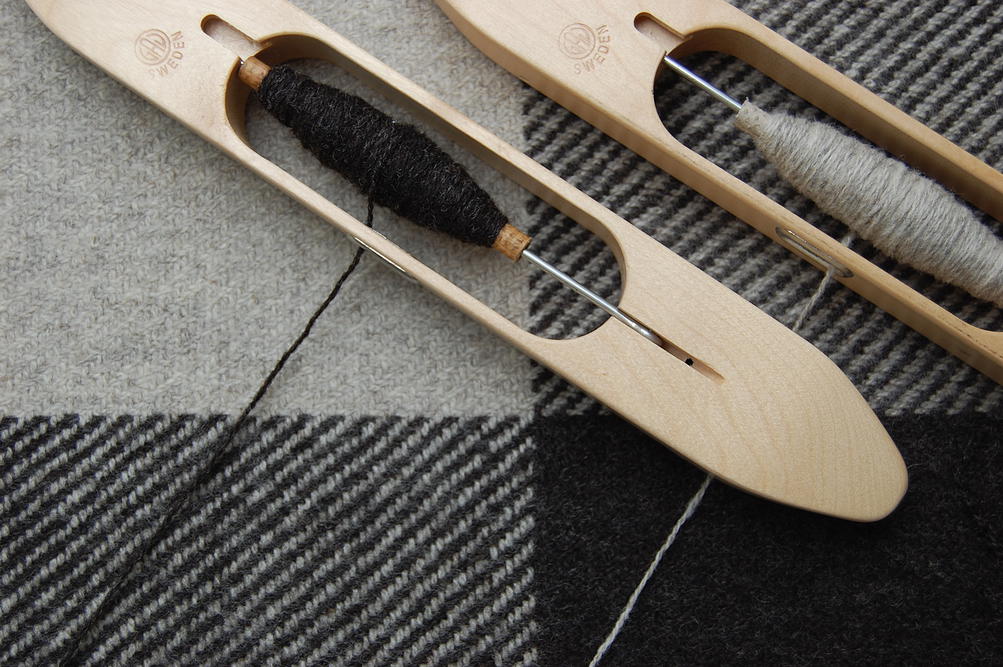 First all-female weaving mill opens in Bristol
First all-female weaving mill opens in Bristol